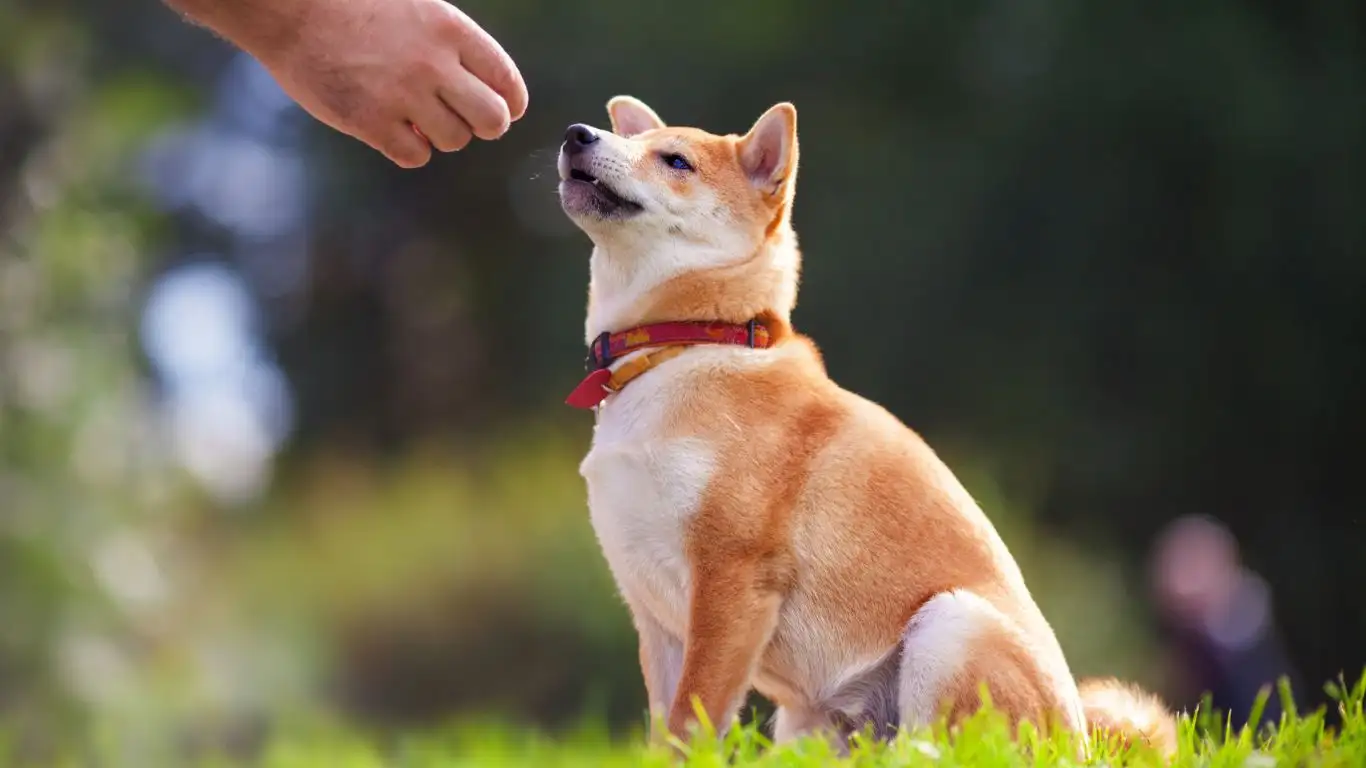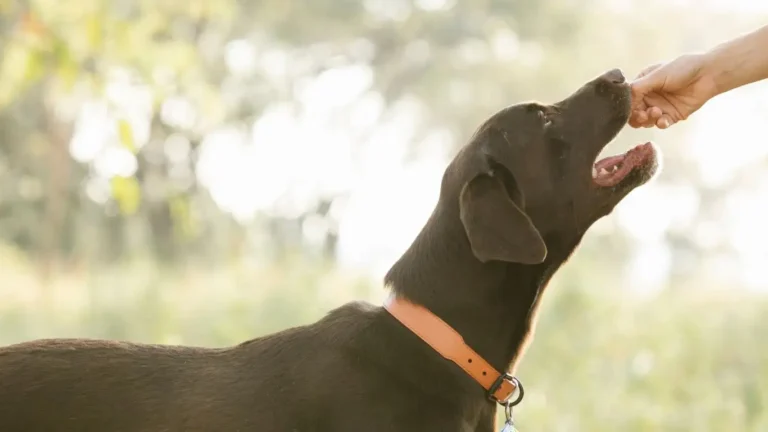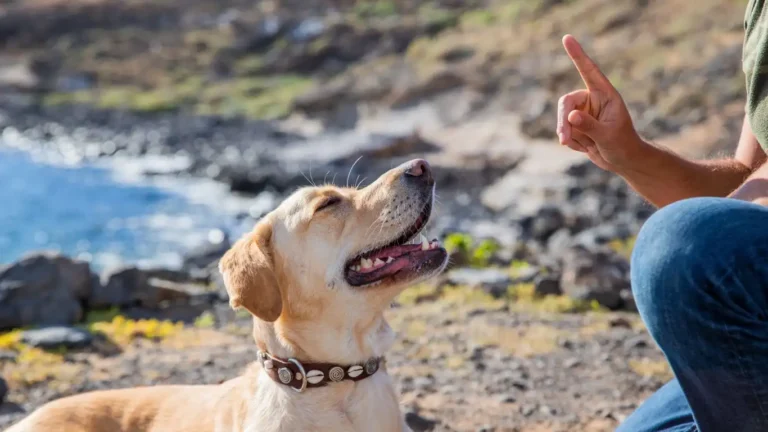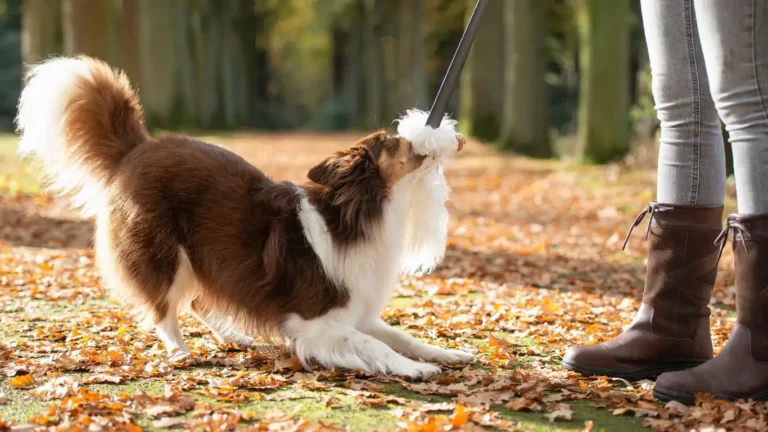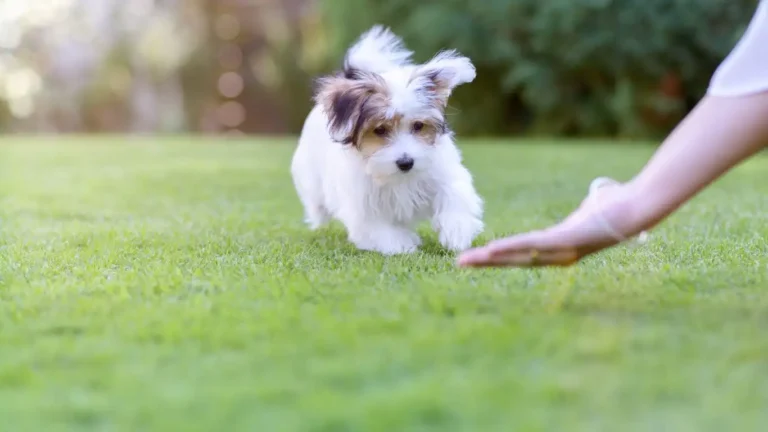Proven Techniques to Train Your Dog to Ignore Loud Music Fast
Ever tried enjoying a backyard barbecue or city walk with your pup, only for them to freak out the second loud music kicks in? Trust me, I’ve been there more times than I can count. As a Canine-Assisted Therapy Trainer, I’ve worked with dogs of all temperaments—and one of the most common hurdles? Teaching them how to train a dog to ignore loud music. It’s not just about convenience—it’s crucial for their mental well-being and your peace of mind. Whether it’s a live band at the park or your neighbor’s party playlist blasting, music can rattle sensitive dogs like nothing else. Let’s dive into how to help your furry buddy chill out when the volume goes up.
Why Dogs React to Loud Music in the First Place
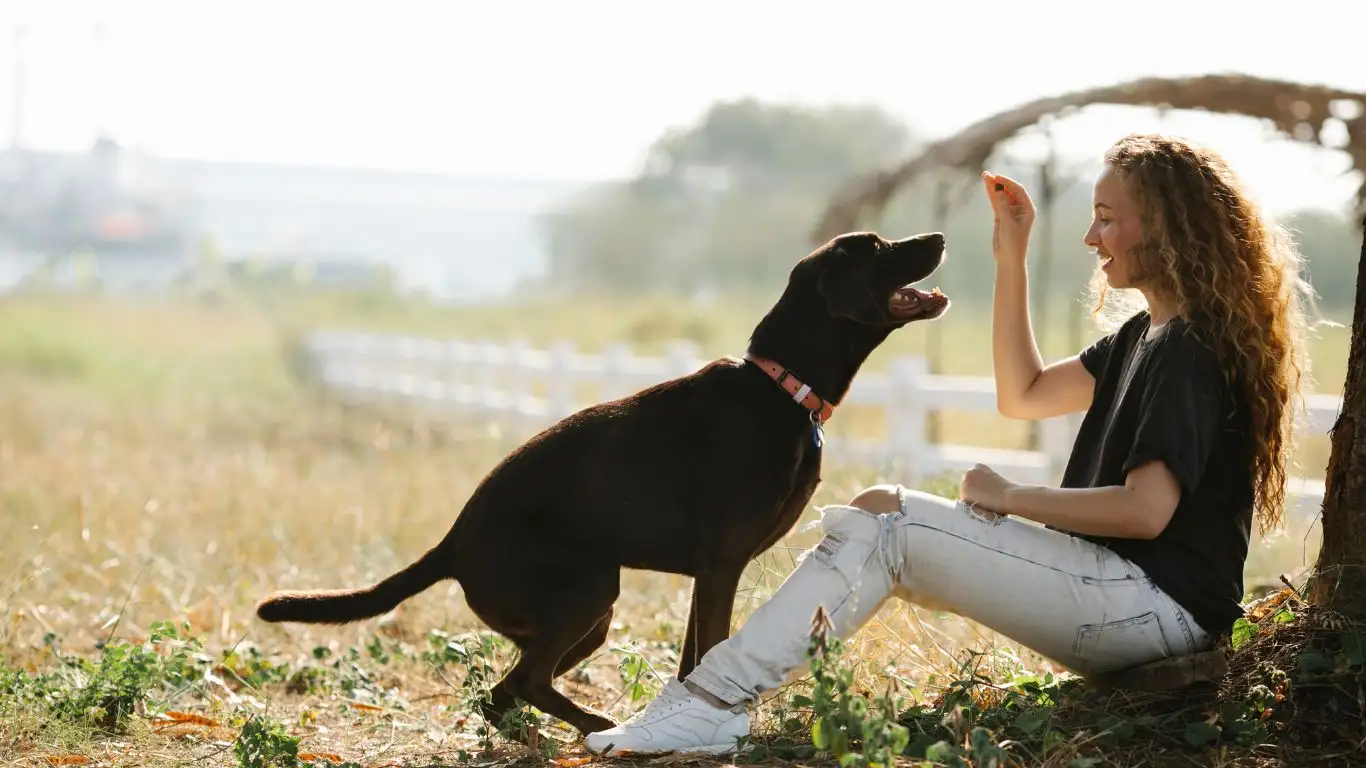
Before we get into the nitty-gritty of training, let’s unpack why loud music gets such a reaction. Dogs have way more sensitive hearing than we do. So what seems like a decent volume to us can feel like a rock concert in a tunnel for them. Combine that with unfamiliar bass vibrations and unpredictable sound patterns, and boom—instant stress reaction.
Common Signs Your Dog Is Stressed by Noise
- Trembling or shaking
- Hiding under furniture
- Pacing or restlessness
- Barking excessively
- Trying to escape or run away
I once worked with a golden retriever named Max who would literally wedge himself between the couch cushions the second his family played any music. Poor guy thought every bass drop was the end of the world. But with the right steps, Max learned to stay cool—even with a party in full swing next door.
The Foundation: Building a Safe Zone
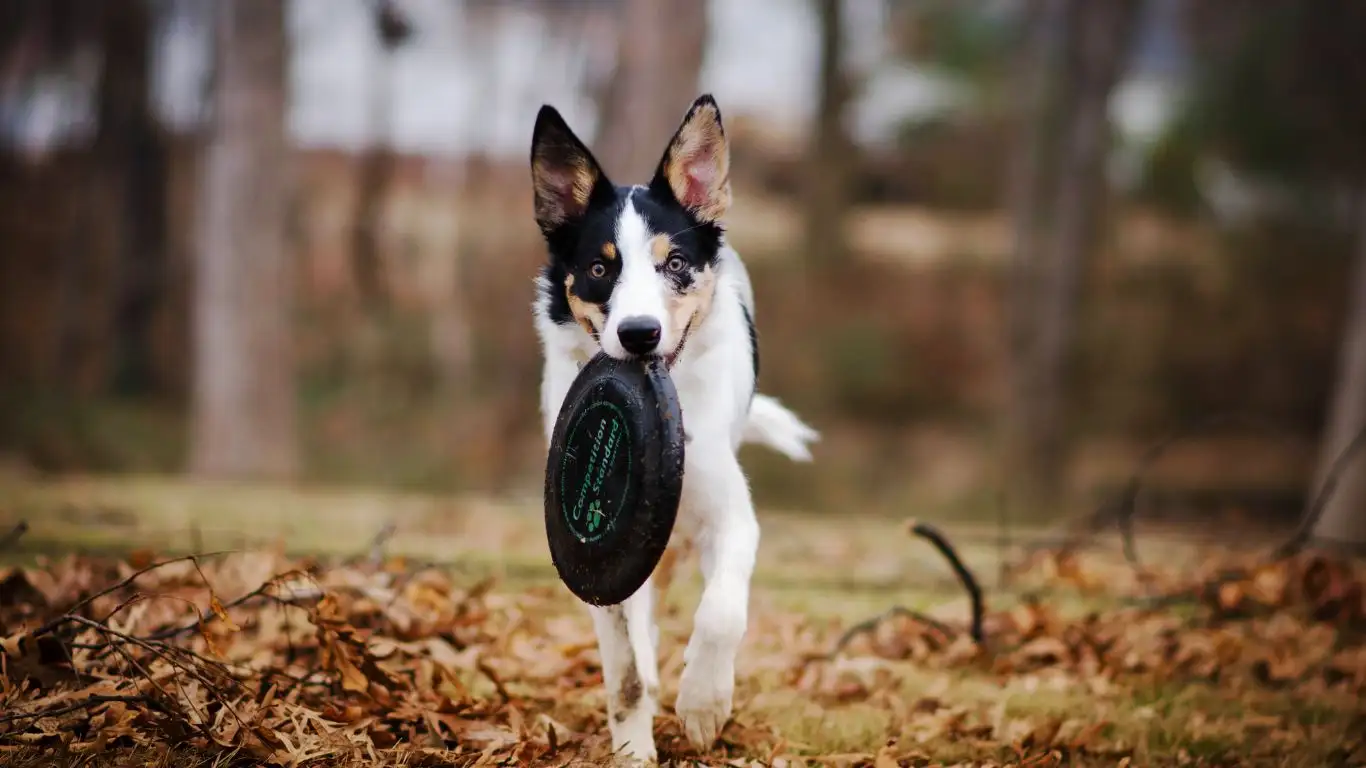
First things first: create a space where your dog can retreat and feel 100% safe. Think of it as their own little zen zone. This space should be quiet, away from windows or noisy appliances, and filled with familiar things—like their bed, toys, and maybe a shirt that smells like you.
How to Set Up a Zen Den
- Pick a low-traffic room or quiet corner
- Use soft bedding or a crate with blankets
- Include chew toys or puzzle feeders for distraction
- Consider a white noise machine or calming music (yes, the irony!)
When I was training a service pup named Luna, we used a pop-up crate with lavender-scented blankets and a playlist of nature sounds. Now she snoozes right through her owner’s rock sessions like a pro.
Desensitization: Teaching Dogs That Loud Music Isn’t a Threat
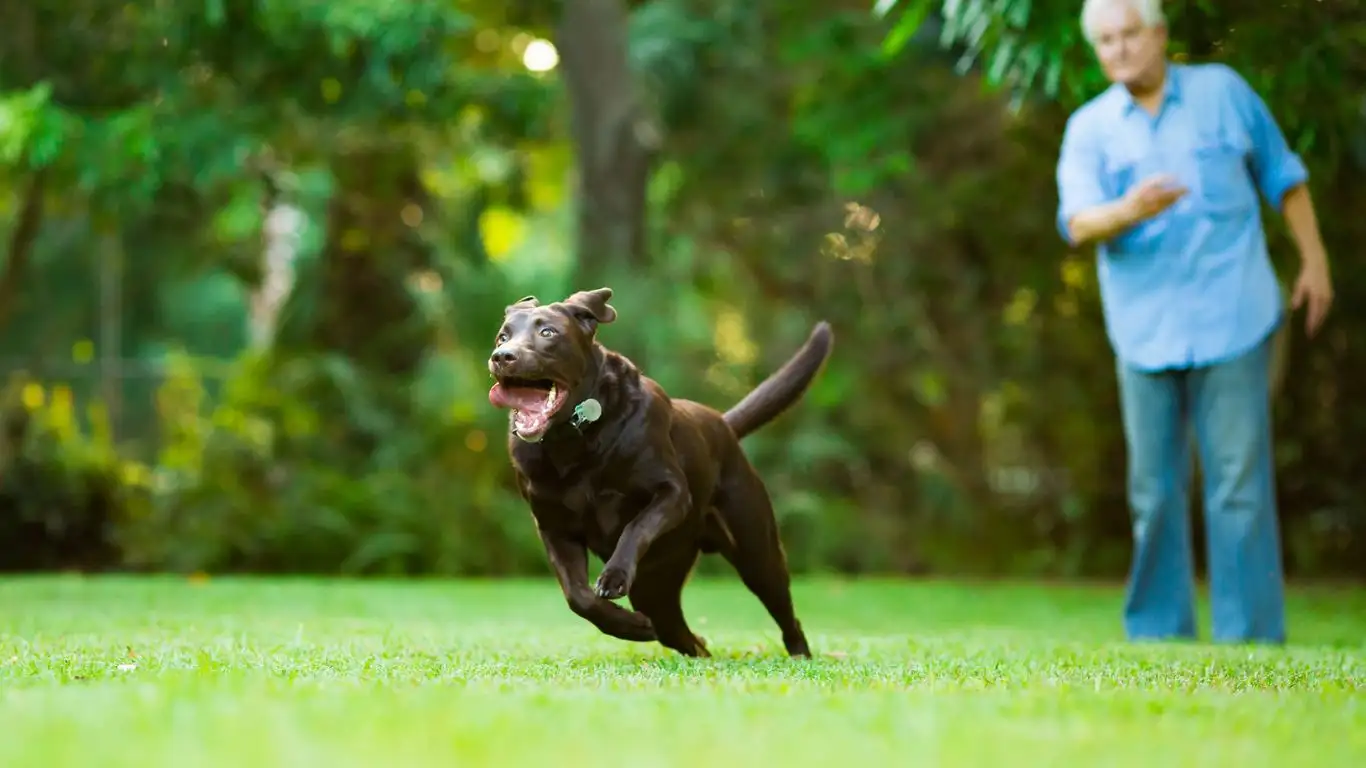
This is where the real work begins. The goal is to slowly teach your dog that loud music isn’t scary. We call this desensitization, and it’s one of the most powerful techniques in dog training. Basically, you expose your dog to low levels of the sound that scares them and reward calm behavior—then you gradually increase the volume over time.
Steps for Music Desensitization
- Start with music at a very low volume—barely audible
- Pair it with high-value rewards (think cheese or chicken)
- Gradually raise the volume over days or weeks—never rush it
- Watch their body language closely; if they show stress, lower the volume and try again later
With a rescue pup named Juno, we used a slow desensitization playlist and peanut butter Kong toys. It took a couple of weeks, but eventually, she’d hear the music and just wag her tail in anticipation of a treat instead of hiding in the laundry room. That’s the kind of progress we’re aiming for.
Pairing Loud Music with Positive Experiences
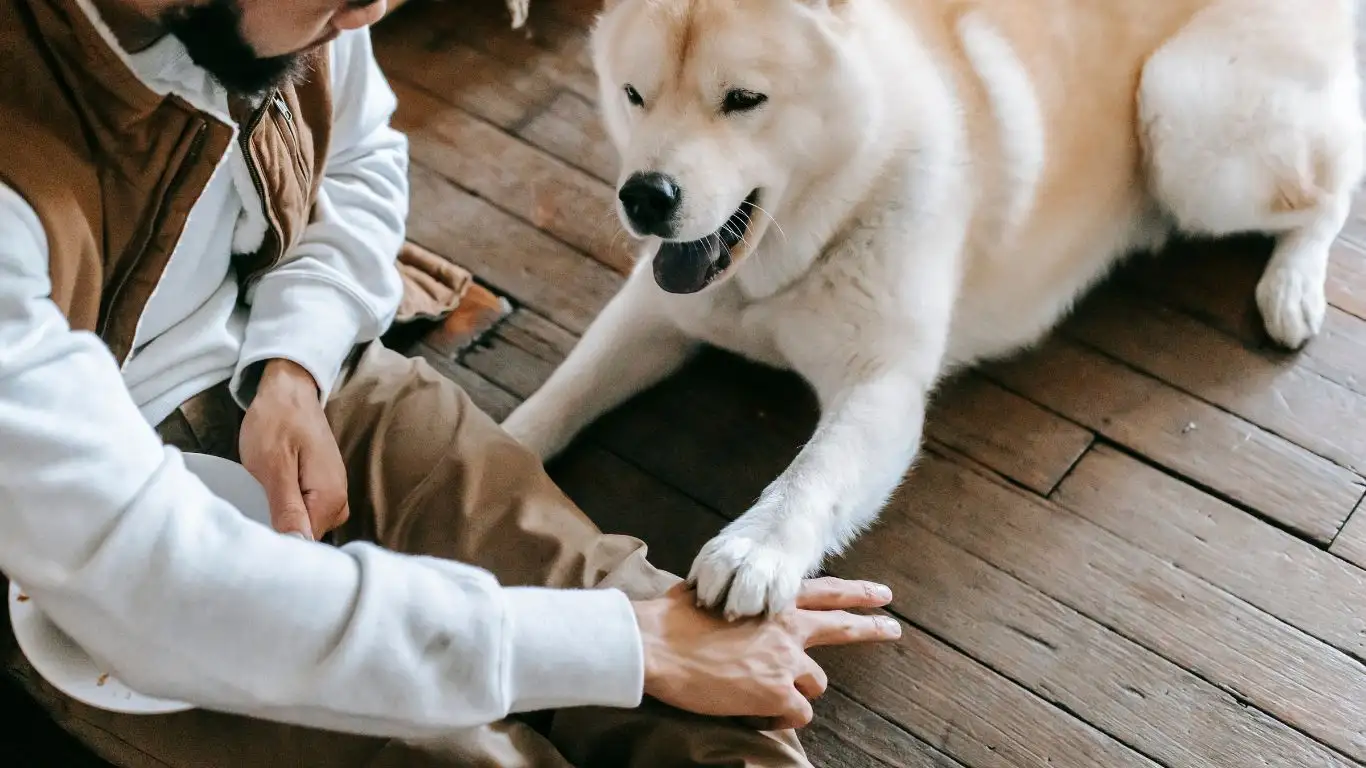
Once your pup starts to tolerate music at moderate levels, it’s time to turn things up a bit—figuratively and literally. The key here is to make sure your dog associates loud music with fun, happy vibes. You’re basically retraining their brain to think, “Hey, this noise isn’t scary… it means good stuff is coming!”
Here’s a trick that worked wonders with a chocolate Lab named Daisy. Her family loved cranking up old-school rock during chores, but Daisy would panic and bolt. So, we flipped the script. Every time the music came on (at a tolerable volume), they’d break out the tennis balls, squeaky toys, and a bit of fetch. Within a few weeks, Daisy started wagging her tail the moment the speakers kicked on. How to train a dog to ignore loud music doesn’t always mean avoiding the noise—it’s about making it part of the party.
Fun Pairing Ideas That Actually Work
- Use mealtimes strategically—play music during feeding
- Incorporate training sessions with tasty rewards while music plays
- Interactive toys like puzzle feeders or treat-dispensing balls
- Short, upbeat play sessions paired with favorite tunes
Important note: This step only works after your dog is semi-comfortable with some level of sound. Don’t jump the gun and blast music right away—it’ll just backfire and reinforce fear.
Using Counterconditioning to Reshape Emotional Responses
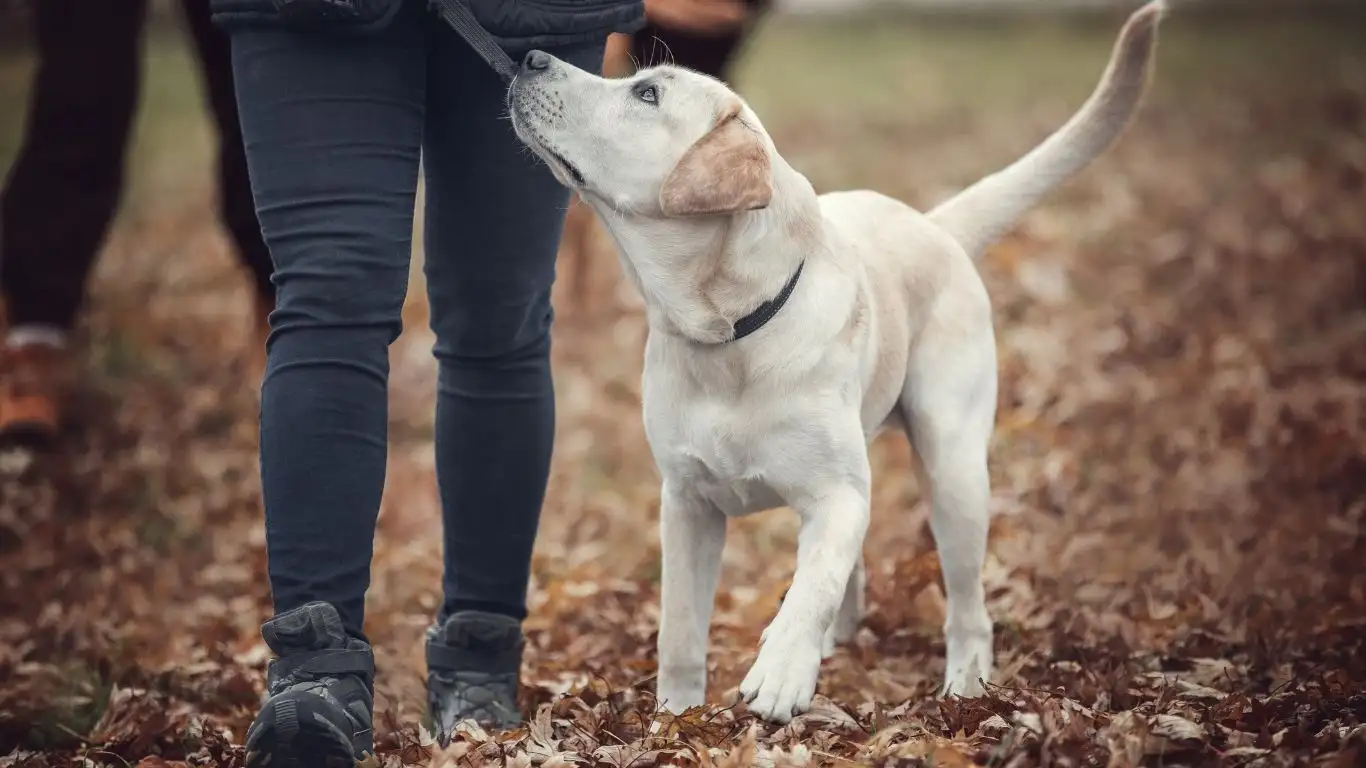
If you’ve ever heard of Pavlov and his salivating dogs, you already know the gist of counterconditioning. But instead of pairing a bell with food, we’re pairing loud music with things your dog loves—until they start looking forward to the noise instead of dreading it.
Here’s a real-life scenario: I was working with a senior beagle, Buddy, who absolutely hated the marching band rehearsals outside his apartment window. Every week, like clockwork, he’d shake and hide. We started by giving Buddy super high-value treats—like tiny pieces of cooked bacon—only when the band played. No band? No bacon. Within a month, Buddy would perk up and trot to the window instead of panicking. Total 180.
Counterconditioning Breakdown
- Identify the music trigger (specific genre, bass levels, etc.)
- Have high-reward treats ready (make ’em irresistible)
- Every time the music starts, offer treats immediately
- Stop the treats as soon as the music stops
- Repeat regularly for consistent reinforcement
Consistency is everything. If your dog only gets the good stuff sometimes, they won’t build that reliable association. So be patient, and keep the bacon flowing!
Reading Your Dog’s Body Language Like a Pro
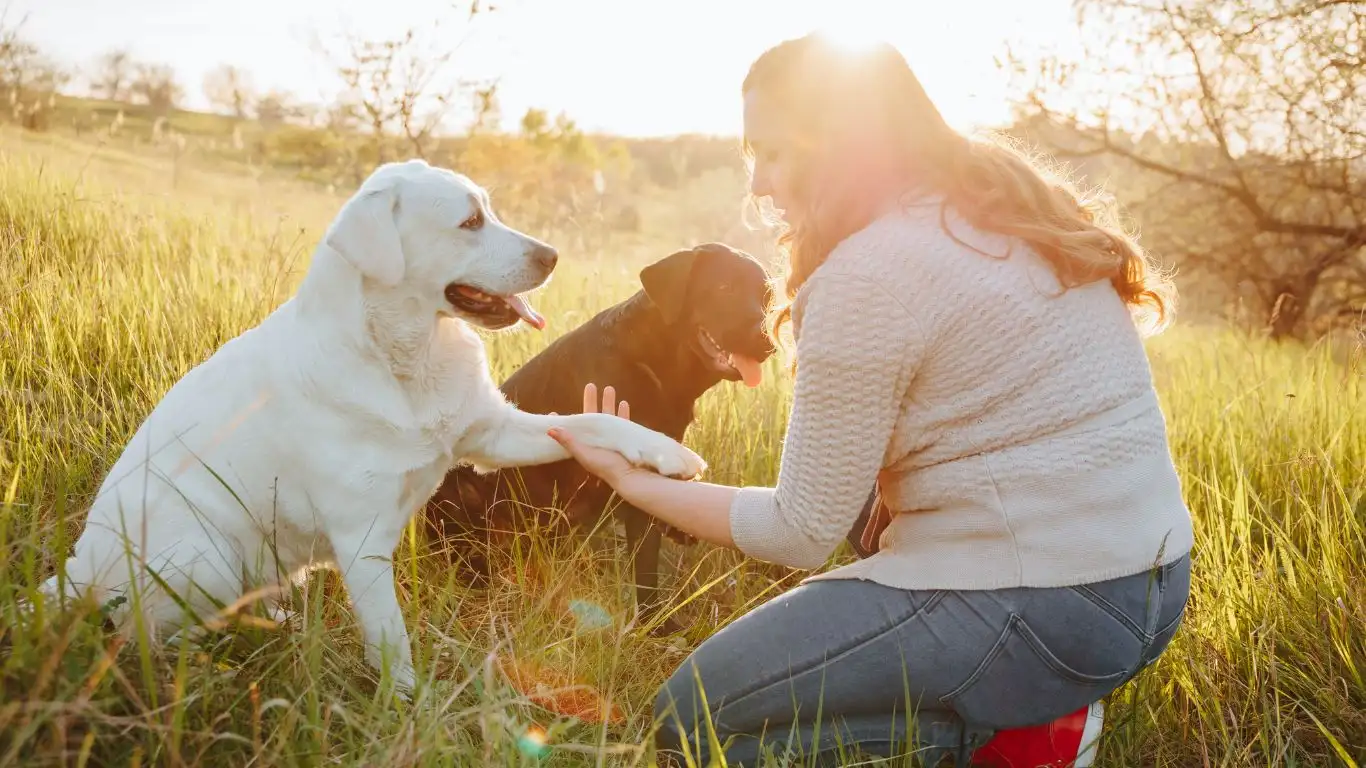
This part’s so underrated but absolutely crucial. Understanding what your dog is telling you with their body can help you avoid pushing them too far. You never want training to become traumatic—it should feel empowering for your pup, not like boot camp.
Signs Your Dog Is Handling Music Well
- Loose, wiggly body posture
- Soft eyes and relaxed ears
- Willingness to engage with toys or food
- Offering sits or tricks without being asked
Red Flags That Mean “Turn It Down a Notch”
- Pinned ears or whale eyes (wide, showing the whites)
- Pacing or lip licking
- Sudden disinterest in food or play
- Yawning, trembling, or tail tucked
One of my clients, a sweet rescue mutt named Tilly, would look totally fine—tail wagging and all—until we realized she was stress-panting the whole time. Once we noticed it, we dialed things back and slowed our pace. Always trust your dog’s signals. They’re subtle but super important.
That’s the thing with how to train a dog to ignore loud music—there’s no one-size-fits-all plan. It’s about paying attention, using empathy, and adjusting based on your dog’s comfort zone. Every dog learns at their own speed, and as long as you’re showing up with patience, consistency, and a pocket full of treats, you’re already doing it right.
Practical Tips to Reinforce Calmness During Loud Music
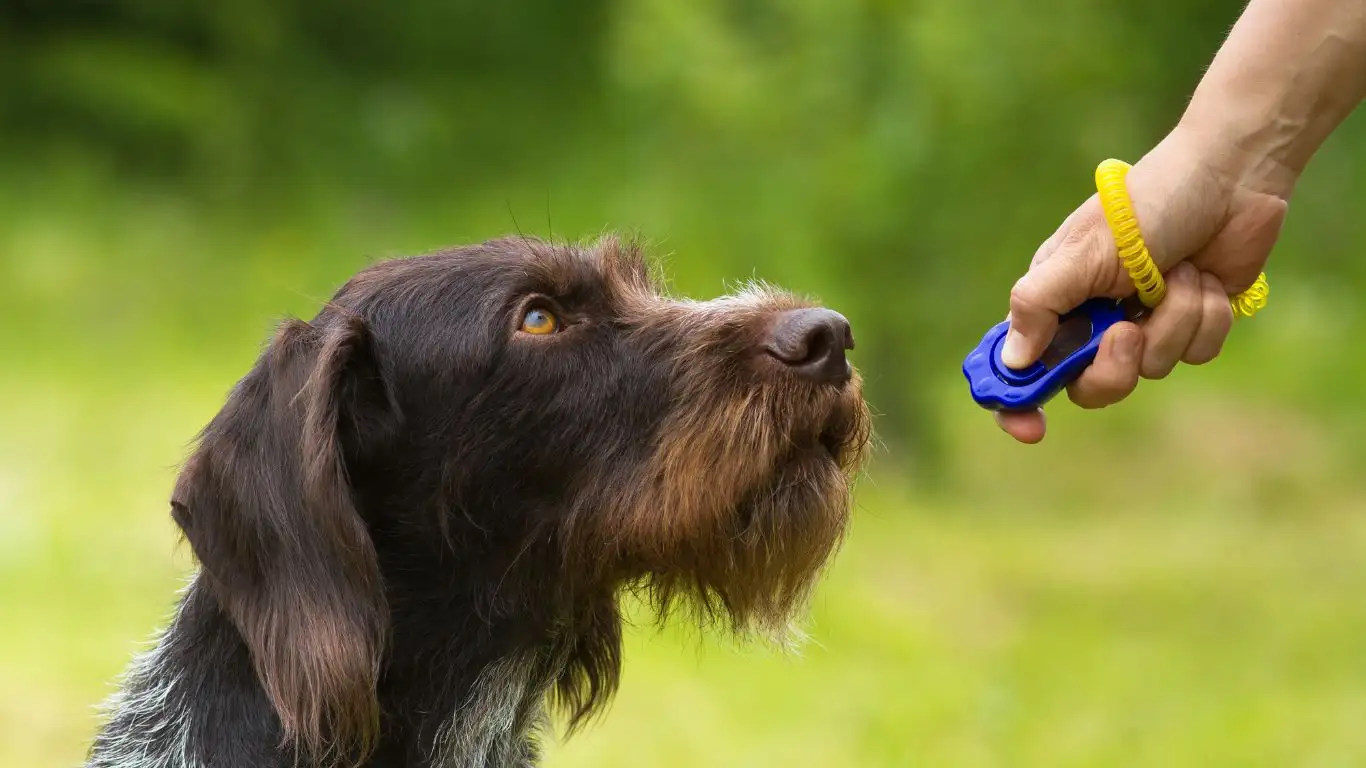
By now, you’ve laid the groundwork for your dog to ignore loud music, but the key is keeping that calm vibe consistent. In my years as a Canine-Assisted Therapy Trainer, I’ve learned that reinforcement isn’t just a one-and-done deal—it’s an ongoing practice. Dogs thrive on routine, so weaving these habits into your daily life will make a big difference.
Consistency Is Your Best Friend
One thing I always tell dog owners: Consistency beats intensity every time. Instead of cramming a bunch of training into a single day, spread it out. Even just a few minutes each day where your dog is exposed to music and rewarded for calm behavior will build long-term tolerance.
Use Commands to Anchor Calm Behavior
Teaching your dog a simple “settle” or “relax” command can be a lifesaver. Pair it with music exposure so your dog learns to associate the command with feeling at ease despite the noise. Here’s how you can start:
- Pick a quiet moment and say “settle” while encouraging your dog to lie down
- Reward with treats and gentle praise
- Gradually introduce low-volume music in the background
- Repeat the command and reward calm responses
- Slowly increase music volume as your dog gets comfortable
It might sound basic, but these little anchors become powerful tools for managing your dog’s reactions. When the neighbor’s party kicks off, a quick “settle” can turn chaos into calm.
Managing Setbacks: Patience Is the Real MVP
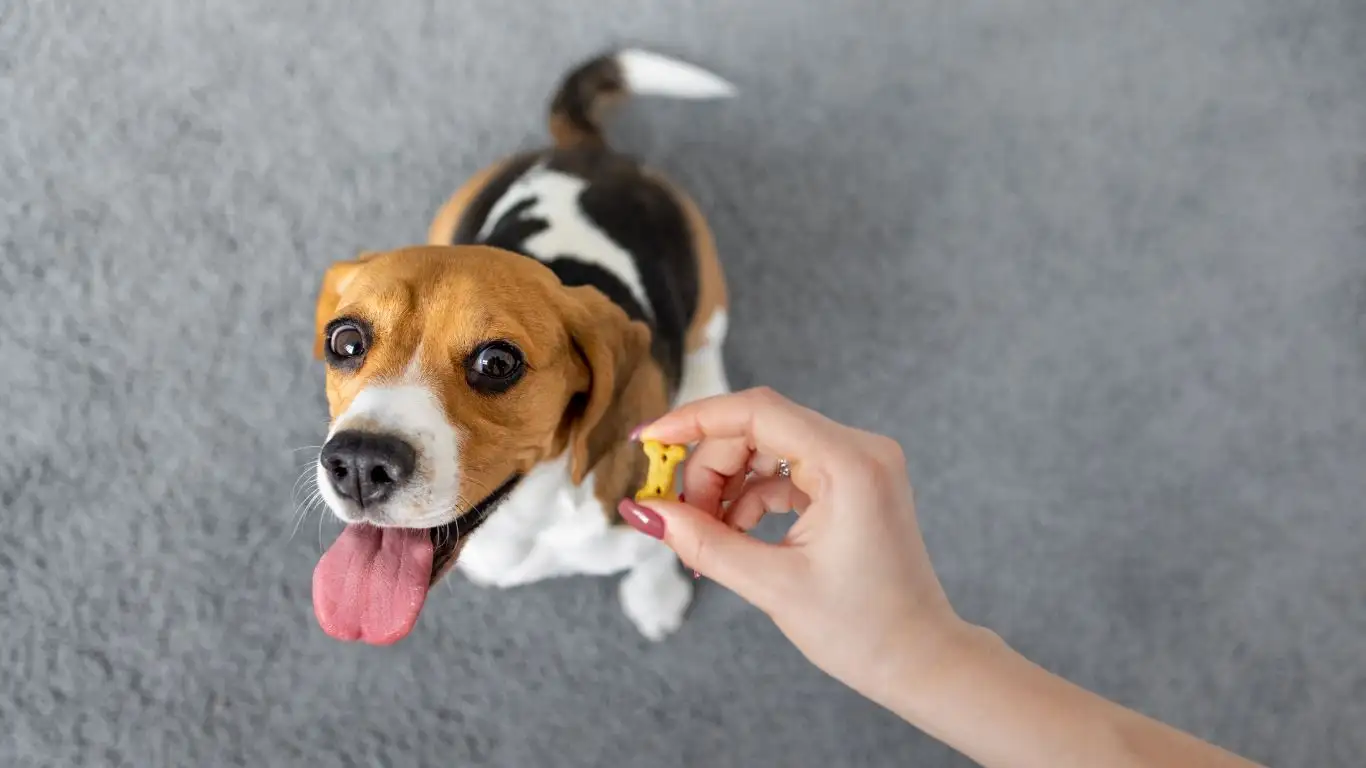
Let’s be honest—training doesn’t always go in a straight line. There will be days when your dog regresses or suddenly reacts badly to sounds they used to tolerate. I remember working with a therapy dog, Bella, who had been doing great with loud noises until a sudden thunderstorm spiked her anxiety. It took a step back in our training, but that was okay.
The important thing is to recognize that setbacks don’t mean failure. Instead, treat them as signals that your dog might need a break or a slower pace. Here are some tips to help you bounce back:
- Don’t punish or scold—that only increases fear and confusion
- Go back a few steps to a volume or situation your dog can handle comfortably
- Increase comfort by spending extra time in their safe zone
- Revisit desensitization and counterconditioning techniques at a gentler pace
- Stay patient and positive, celebrate the small wins
When you see your dog succeed—even if it’s just sitting calmly for a minute—you’re reinforcing progress. It’s like building a muscle; the gains might be slow but they’re solid.
Additional Tools That Can Help Your Dog Cope
Beyond training techniques, there are some handy tools that I often recommend to clients to help dogs stay relaxed around loud music:
- Thundershirts or calming wraps: These apply gentle pressure and can reduce anxiety
- Calming supplements: Always consult your vet, but some natural supplements support relaxation
- White noise machines: These can mask sudden spikes in volume or harsh bass
- High-quality ear protection: For dogs extremely sensitive to sound, specialized ear muffs can help during intense events
Of course, no tool replaces the bond and communication you have with your dog. Think of these as extra support, not shortcuts. When combined with training, they can truly make a difference.
Why This Training Matters Beyond Just Noise
Helping your dog ignore loud music isn’t just about avoiding embarrassing moments or preventing barking at parties. It’s about giving them control over their environment and reducing chronic stress, which can affect everything from digestion to immune health.
From my work with therapy dogs, I’ve seen firsthand how managing sound sensitivity opens doors—not only for calmer dogs at home but for better social interactions, vet visits, and public outings. It’s an investment in their quality of life and your relationship.
References and Resources
- ASPCA
- American Veterinary Medical Association
- The Humane Society of the United States
- Companion Animal Behavioral Health
Disclaimer
The information provided here is based on professional experience as a Canine-Assisted Therapy Trainer and general best practices in dog behavior and training. However, every dog is unique, and training should be tailored to your pet’s individual needs. If your dog has severe anxiety or medical issues, please consult a qualified veterinarian or certified animal behaviorist before starting any training program.
